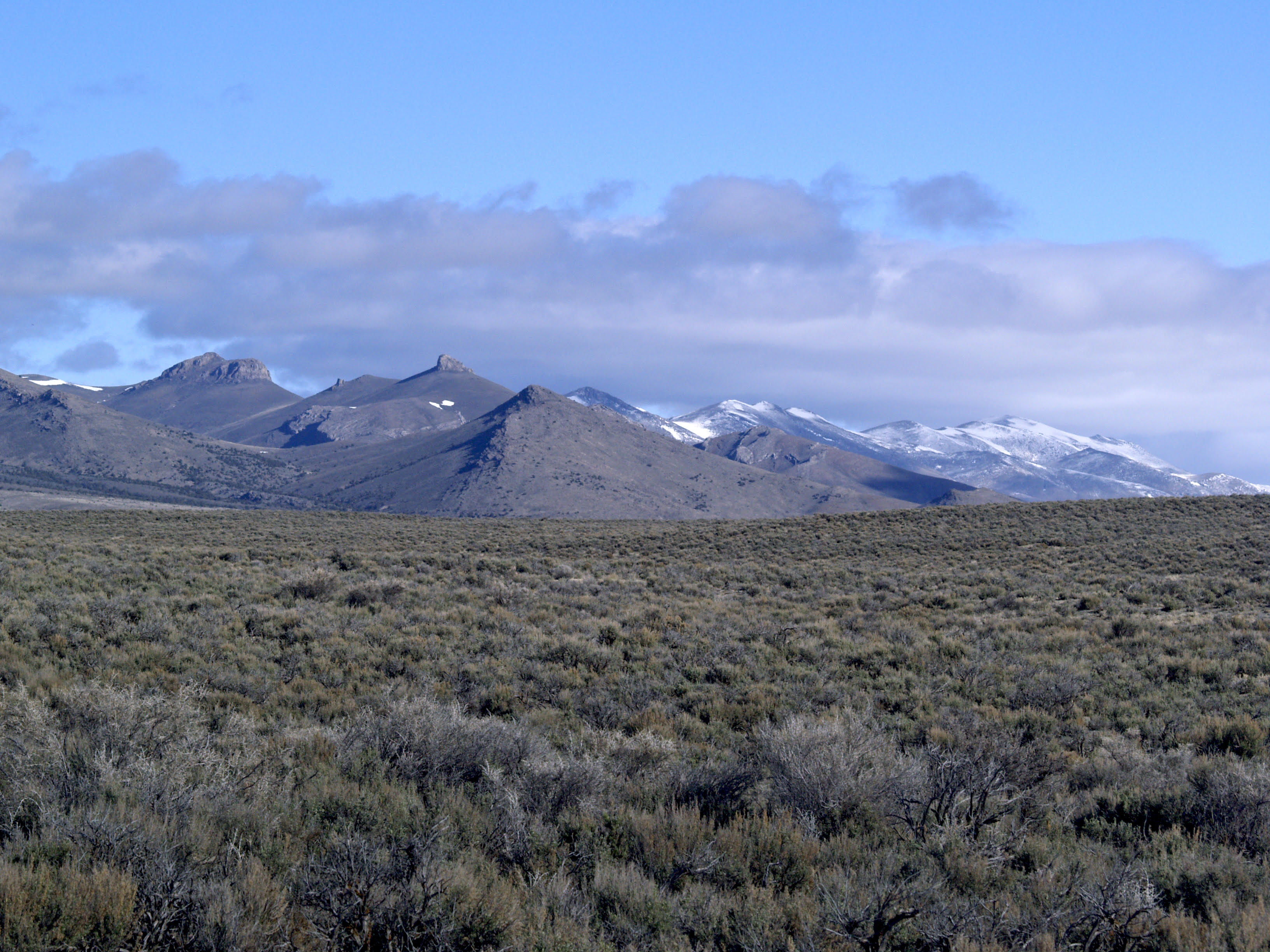Threats
-
Photos courtesy of Escalante Watershed Partnership Among the more egregious recent decisions of the Utah Bureau of Land Management is to open 50,000 acres of the Escalante River within the Grand Staircase Escalante National Monument to renewed livestock grazing. The Escalante was so remote that it was the last major river to be mapped in…
-
The Wallowa-Whitman National Forest is proposing to log the Lostine Wild and Scenic River corridor. The basic justification is to reduce the potential for large wildfires. Yet according to the Oregon Department of Forestry, in 2019 only acres 67,795 acres burned in the state, compared to 846,411 acres burned last year. Why the big difference?…
-
The Bureau of Land Management (BLM) has launched a massive juniper removal project in Idaho and plans to expand it throughout the Great Basin. For instance, the BLM is also planning to destroy juniper woodlands in Grand Staircase Escalante National Monument. Juniper is a common native species that grows in arid landscapes along with sagebrush…
-
LARAMIE, Wyo. – Conservationists today questioned the inaction of Wyoming state lawmakers and law enforcement in light of social media’s removal of a video montage of “coyote whacking.” The video shows a number of snowmobilers chasing coyotes to exhaustion using snowmobiles, running over the animals repeatedly with their machines, then beating the animals to death…
-
In June, the Bureau of Land Management announced its draft plan to carve 11,000 miles of fuel breaks into the fragile Great Basin landscape. The agency is forging ahead with this plan despite recent scientific paper concluding that there is a lack of empirical evidence validating the effectiveness of fuel breaks in reducing fire spread…
-
The recent killing of more grizzly bears by the Wyoming Game and Fish, a listed endangered species, to protect ranchers in the Upper Green River Allotment on the Bridger Teton National Forest is another shameful example of the mixed-up priorities and mismanagement of our public lands. Why should native animals, especially, endangered animals, be killed…
-
In a message on wildfires I just got from Congressman Greg Walden, he asserts, “A lack of management has left us with overstocked federal forests full of fuel just waiting to burn.” Unfortunately, his statement is full of misinformation. He neglects to put this into context. In the decades between the 1940s and 1980s, the…
-
Recently it was announced by Montana Senator Steven Daines that he plans to introduce a bipartisan bill with Senator Diane Feinstein of California to protect communities from wildfire. The senators are concerned that wildfire season is getting worse and large fires are a threat to communities. On both counts, the senators are correct. However, the…

